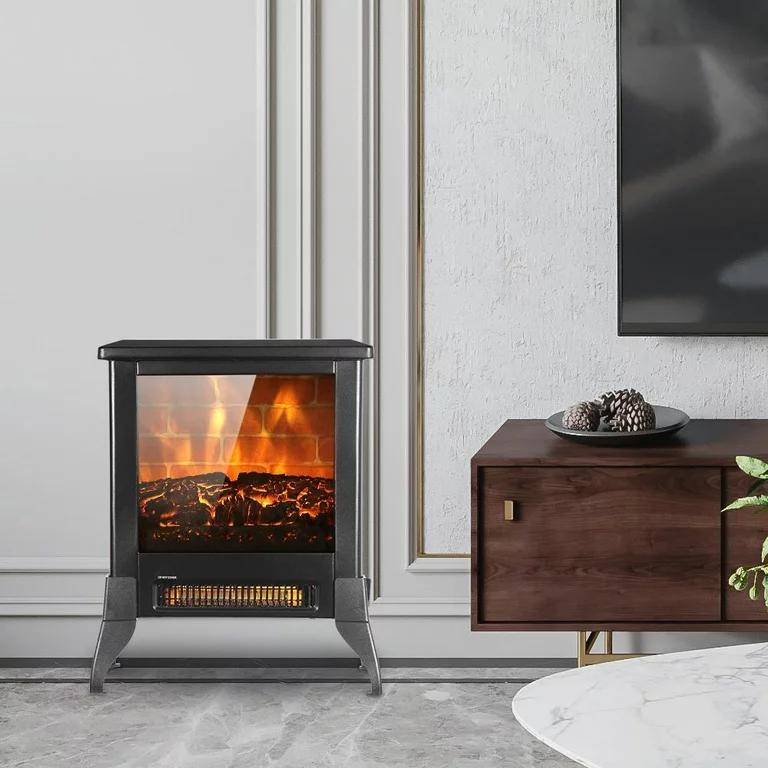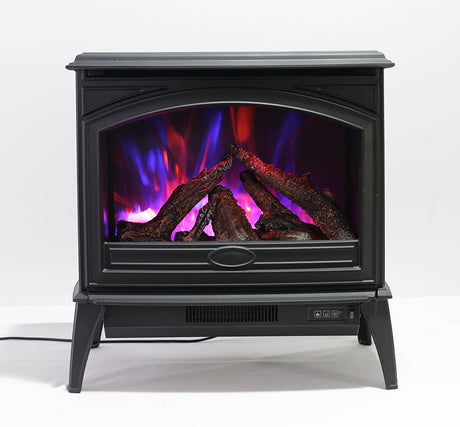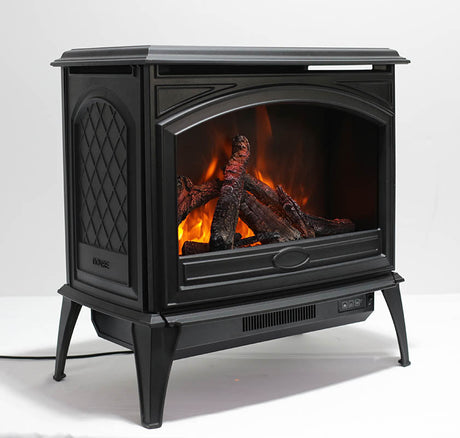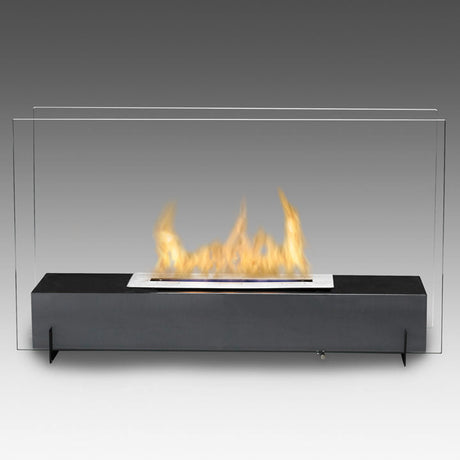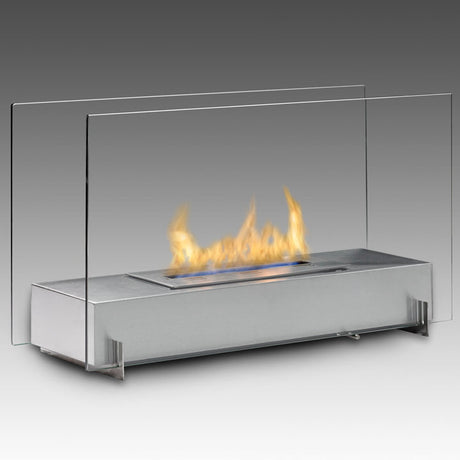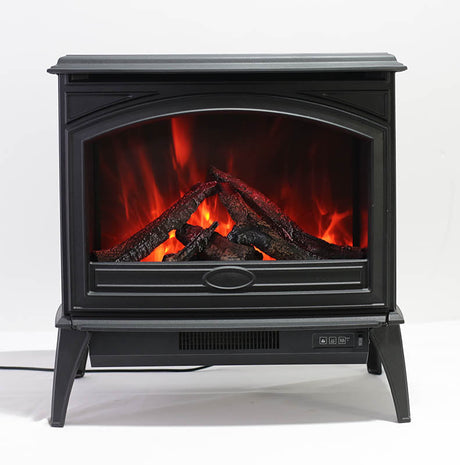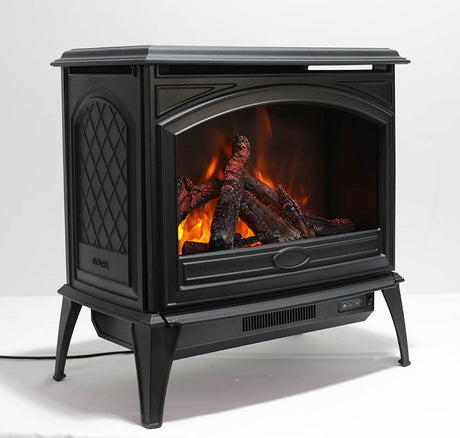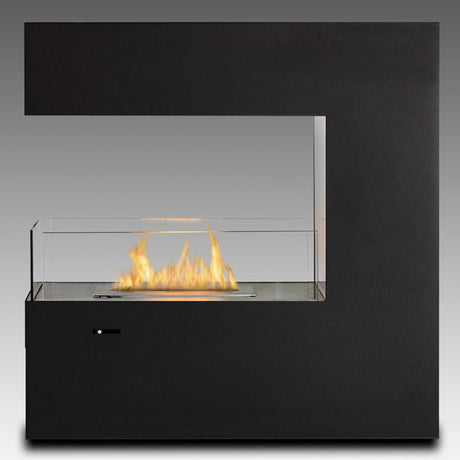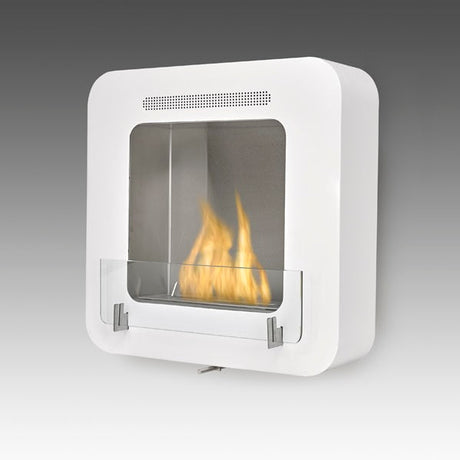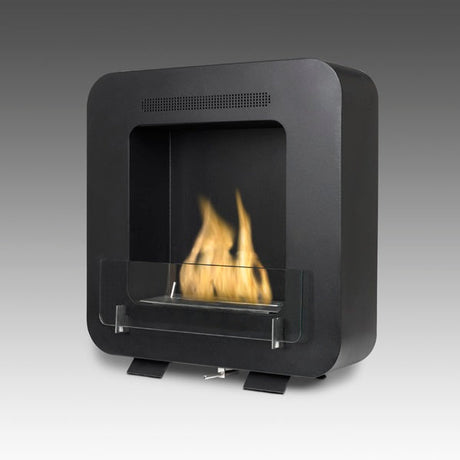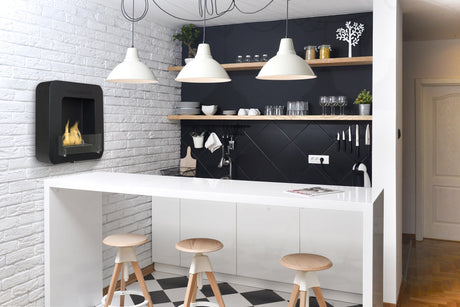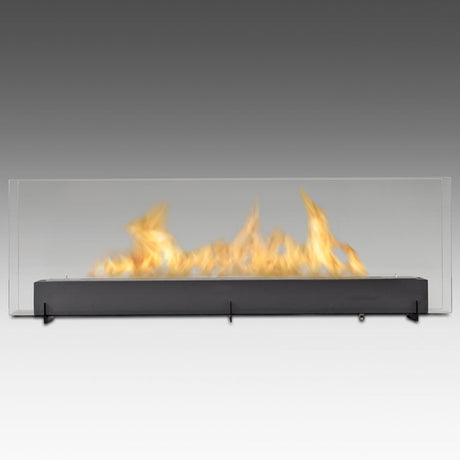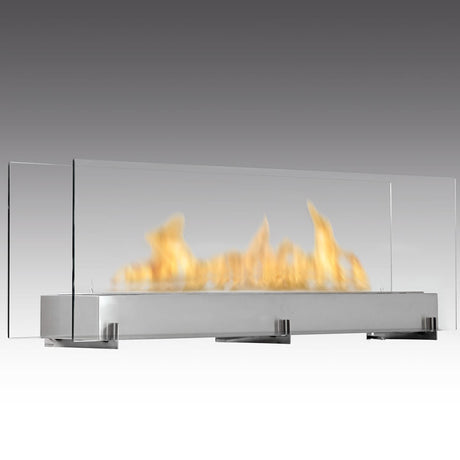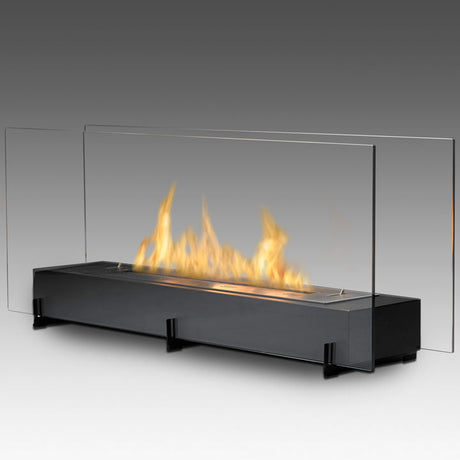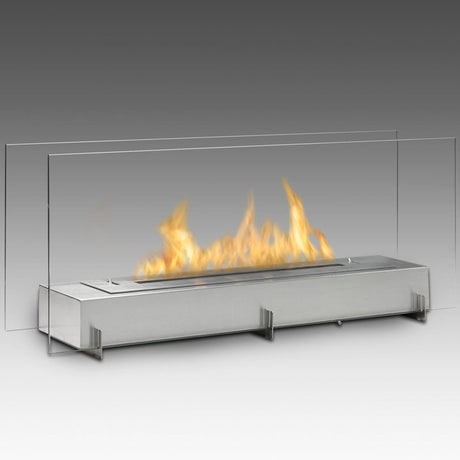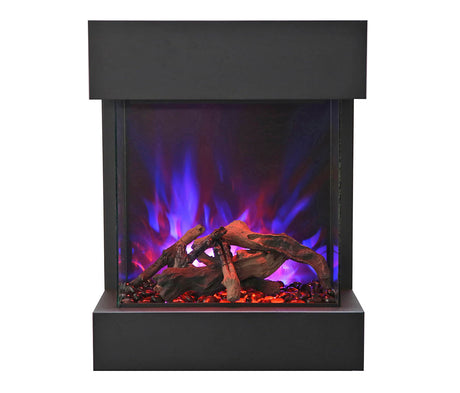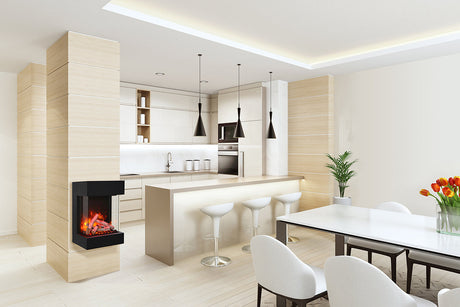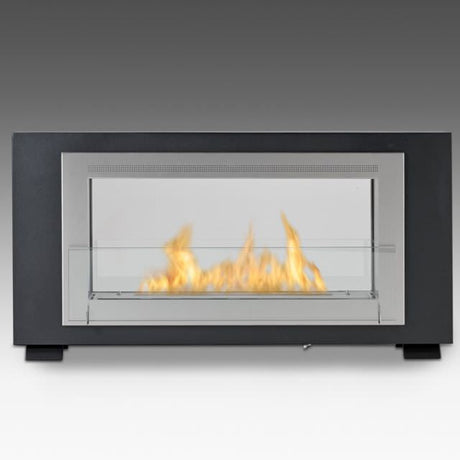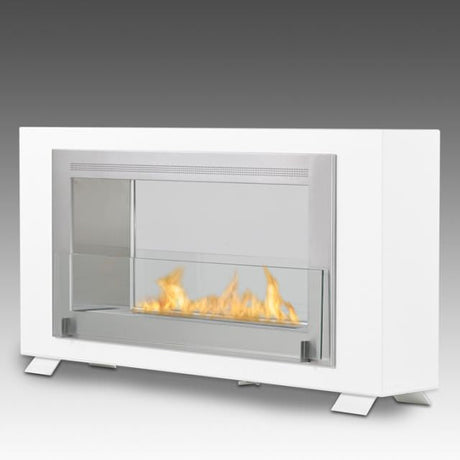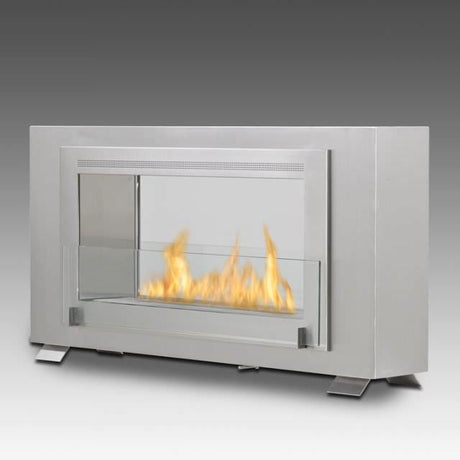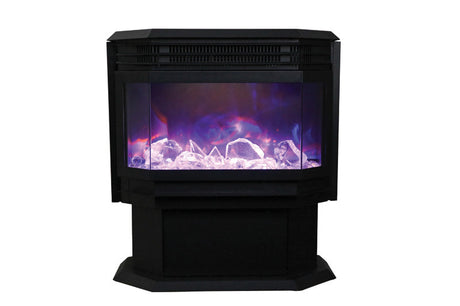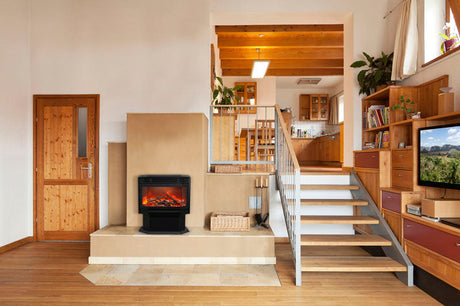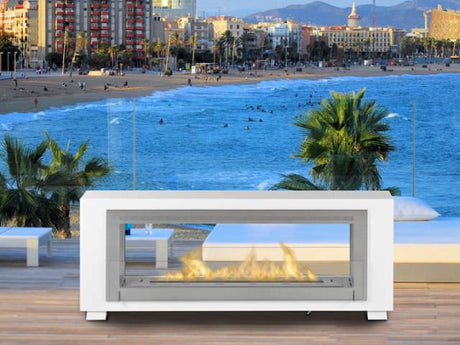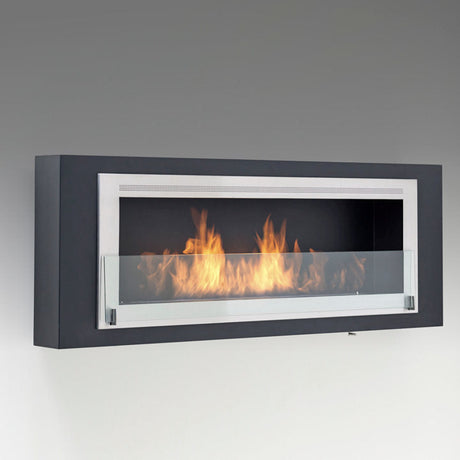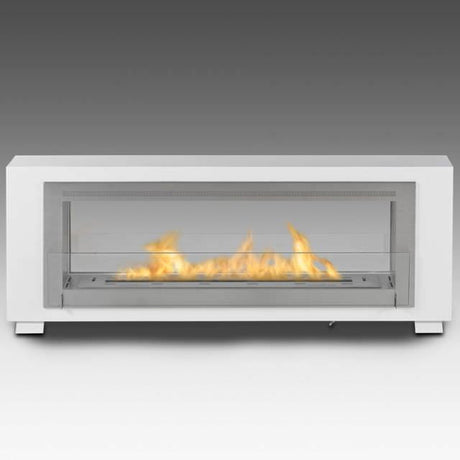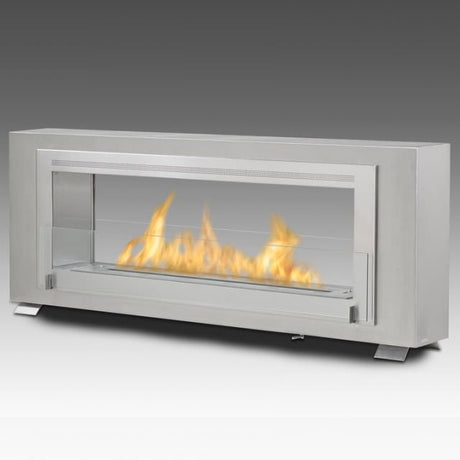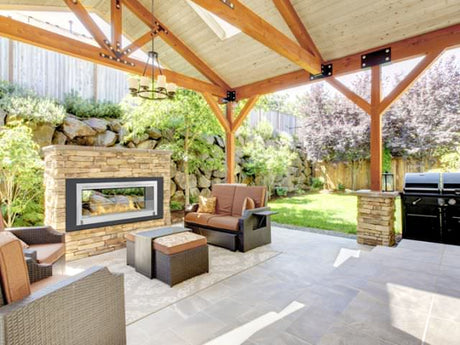Sierra Flame
Sierra Flame E-50 Cast Iron Free Stand Electric Fireplace
$999.00Unit price /UnavailableEco-Feu
Eco-Feu 29" Vision I Free Standing Ethanol Fireplace, 2 Color Options
From $499.00Unit price /UnavailableSierra Flame
Sierra Flame E-70 Cast Iron Free Stand Electric Fireplace
$1,199.00Unit price /UnavailableEco-Feu
Eco-Feu 36" Paramount 3-Sided Built-In or Free Standing Ethanol Fireplace, 2 Color Options
$1,099.00Unit price /UnavailableEco-Feu
Eco-Feu 21" Cosy Wall Mount or Free Standing Ethanol Fireplace, 2 Color Options
$499.00Unit price /UnavailableEco-Feu
Eco-Feu 51" Vision III Free Standing Ethanol Fireplace, 2 Color Options
From $1,399.00Unit price /UnavailableEco-Feu
Eco-Feu 38" Vision II Free Standing Ethanol Fireplace, 2 Color Options
From $899.00Unit price /UnavailableEco-Feu
Eco-Feu 42" Montreal 2-Sided Ethanol Fireplace, 3 Color Options
From $1,599.00Unit price /UnavailableSierra Flame
Sierra Flame 26" Free Stand Electric Fireplace with 15 piece log set
$699.00Unit price /UnavailableEco-Feu
Eco-Feu 63" Santa Cruz 2-Sided Ethanol Fireplace, 3 Color Options
From $2,399.00Unit price /Unavailable
FAQs for Ethanol and Electric Freestanding Fireplaces for Indoor & Outdoor
What is a freestanding fireplace?
What is a freestanding fireplace?
A freestanding fireplace is a self-contained heating unit that operates independently of a wall or built-in structure, offering the flexibility to be placed in various locations around your home or outdoor area. Unlike traditional fireplaces, which require significant construction work, freestanding fireplaces are designed to be easily installed and moved as needed. These fireplaces come in a variety of designs, sizes, and fuel types, making them a versatile option for adding warmth and style to any space. Whether you prefer the sleek lines of a modern electric fireplace or the classic appeal of an ethanol-burning model, there is a freestanding fireplace to suit every taste and décor.
Can I use a freestanding fireplace both indoors and outdoors?
Can I use a freestanding fireplace both indoors and outdoors?
Yes, many freestanding fireplaces are designed for dual indoor and outdoor use, providing year-round comfort and ambiance. When selecting a model, it’s important to check the manufacturer’s specifications to ensure that it is suitable for outdoor use. Outdoor-compatible freestanding fireplaces are typically built with weather-resistant materials that can withstand the elements, such as stainless steel or treated wood. They are also designed to operate safely in open-air environments.
When using your fireplace outdoors, it’s important to place it on a stable, non-flammable surface and keep it sheltered from direct exposure to rain or snow. Some models may come with protective covers to shield them when not in use. For indoor use, ensure that the fireplace is positioned away from flammable materials like curtains or furniture, and that the room is well-ventilated, especially for ethanol models. The versatility of these fireplaces allows you to enjoy a cozy fire in your living room during the winter and create a warm, inviting atmosphere on your patio during the summer months.
How do ethanol freestanding fireplaces work?
How do ethanol freestanding fireplaces work?
Ethanol freestanding fireplaces operate by burning bioethanol fuel, a renewable energy source derived from fermented plant sugars. The fireplace contains a burner or reservoir where the ethanol fuel is poured. Once lit, the ethanol burns to produce a real flame without the need for a chimney or vent. This process results in a clean burn, emitting only water vapor and a small amount of carbon dioxide, similar to the amount exhaled by humans.
One of the major advantages of ethanol fireplaces is their simplicity and ease of use. To start the fireplace, you simply pour the ethanol fuel into the burner, light it with a long lighter, and adjust the flame as needed. The flame can usually be extinguished by closing a damper or using a tool to cover the burner. Ethanol fireplaces are known for their real flame effect, which adds warmth and ambiance to any room. They do not require electricity, making them a good option during power outages, and they produce no smoke or ash, making cleanup a breeze.
Are ethanol freestanding fireplaces safe to use indoors?
Are ethanol freestanding fireplaces safe to use indoors?
Yes, ethanol freestanding fireplaces are generally safe to use indoors, provided they are used according to the manufacturer’s guidelines. Ethanol burns cleanly and does not produce toxic fumes, making it safe for indoor environments. However, there are several safety precautions you should follow to ensure safe operation:
- Ventilation: Although ethanol fireplaces do not produce smoke, they do consume oxygen and produce carbon dioxide. It’s important to use them in a well-ventilated area to maintain air quality. Opening a window slightly can help ensure proper ventilation.
- Fuel Handling: Always handle ethanol fuel with care. Only use the fuel recommended by the manufacturer, and never overfill the burner. If you spill any fuel, clean it up immediately and allow the area to dry before lighting the fireplace.
- Distance from Flammable Materials: Place your ethanol fireplace away from flammable materials such as curtains, furniture, or paper. The surrounding area should be clear to prevent accidental fires.
- Extinguishing the Flame: Never leave an ethanol fireplace unattended while it is burning. When you are finished using it, extinguish the flame completely using the tool provided by the manufacturer, and allow the unit to cool down before refueling.
- Child and Pet Safety: Keep the fireplace out of reach of children and pets to avoid accidental burns. Some models come with safety screens or covers that can provide an additional layer of protection.
How do electric freestanding fireplaces work?
How do electric freestanding fireplaces work?
Electric freestanding fireplaces use electricity to generate heat and simulate the appearance of a real flame. These fireplaces are equipped with a heating element and a fan, which work together to distribute warm air throughout the room. The flame effect is created using LED lights and a reflective mechanism that mimics the look of a real fire, providing the ambiance of a traditional fireplace without the mess.
Electric fireplaces are extremely easy to operate. They typically feature a control panel or remote that allows you to adjust the heat settings, flame brightness, and sometimes even the flame color. Some models also offer a "flame-only" mode, where you can enjoy the visual effects without the heat, making them suitable for use year-round.
One of the major advantages of electric fireplaces is their efficiency. They convert almost all the electricity they use into heat, with no energy wasted on venting. Additionally, electric fireplaces are low maintenance, as they do not produce any soot, ash, or smoke. This makes them an ideal option for those looking for a hassle-free heating solution.
How do I install a freestanding fireplace?
How do I install a freestanding fireplace?
Installing a freestanding fireplace is typically straightforward, but the process can vary depending on the type of fireplace you choose.
- Ethanol Fireplaces: For ethanol models, installation usually involves assembling the unit according to the manufacturer’s instructions. This may include attaching the burner, securing any safety screens, and placing the fireplace on a stable, non-flammable surface. Once assembled, you simply add the ethanol fuel to the burner and light it. Make sure the fireplace is in a well-ventilated area and away from flammable materials.
- Electric Fireplaces: Electric models are even easier to install. After assembling the unit (if required), you simply plug it into a standard electrical outlet. Make sure the outlet can handle the fireplace’s power requirements, and avoid using extension cords. Position the fireplace on a flat, stable surface, and ensure that the power cord is safely tucked away to prevent tripping hazards.
